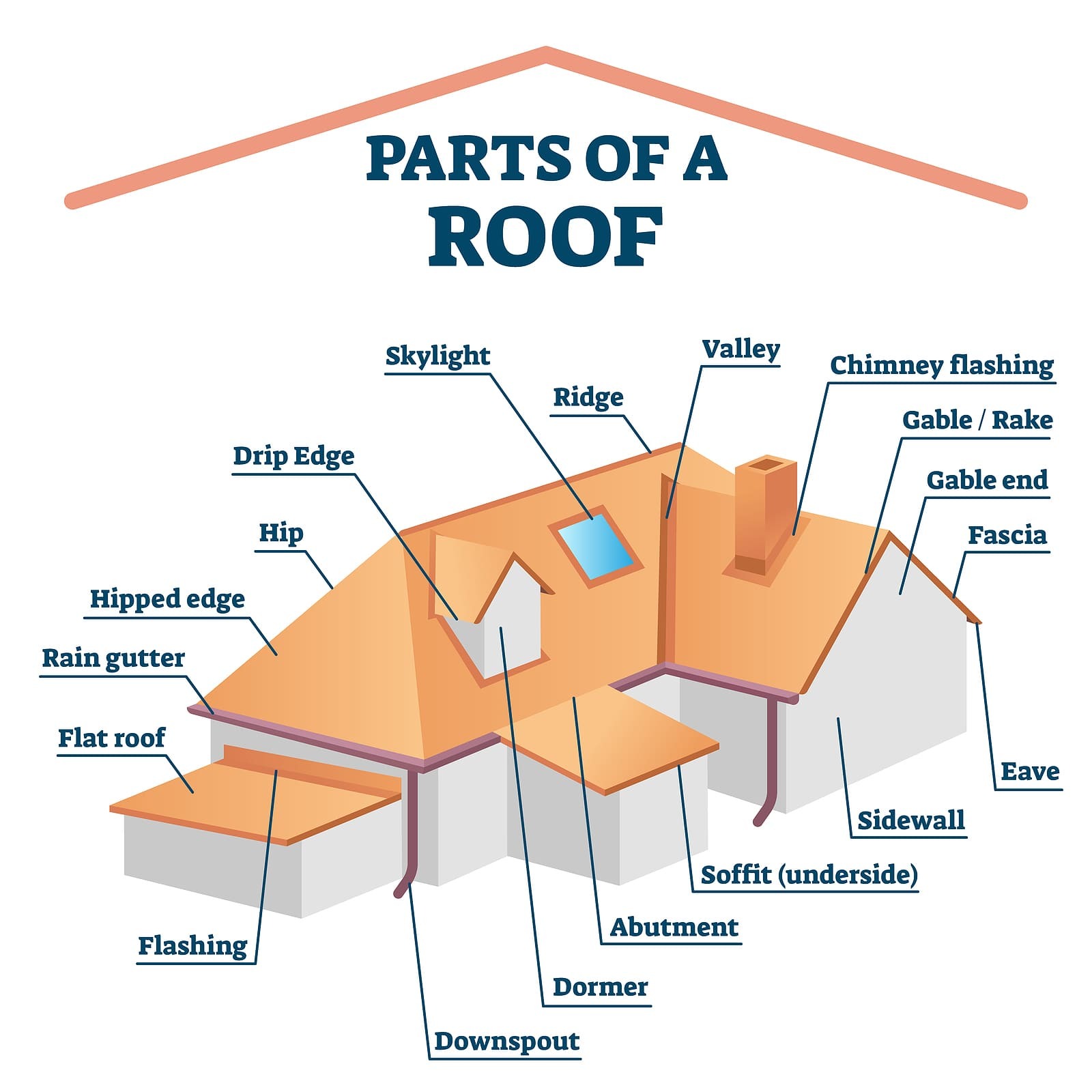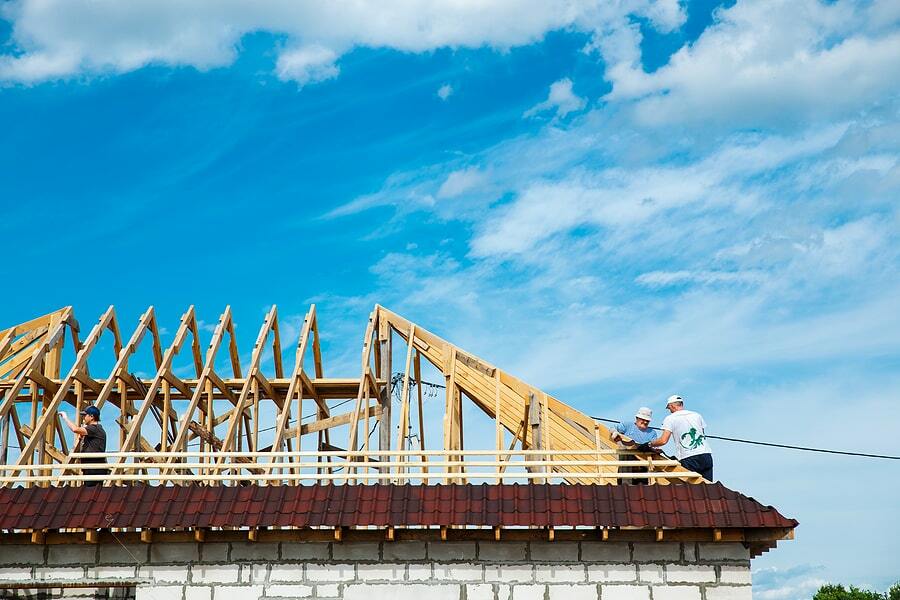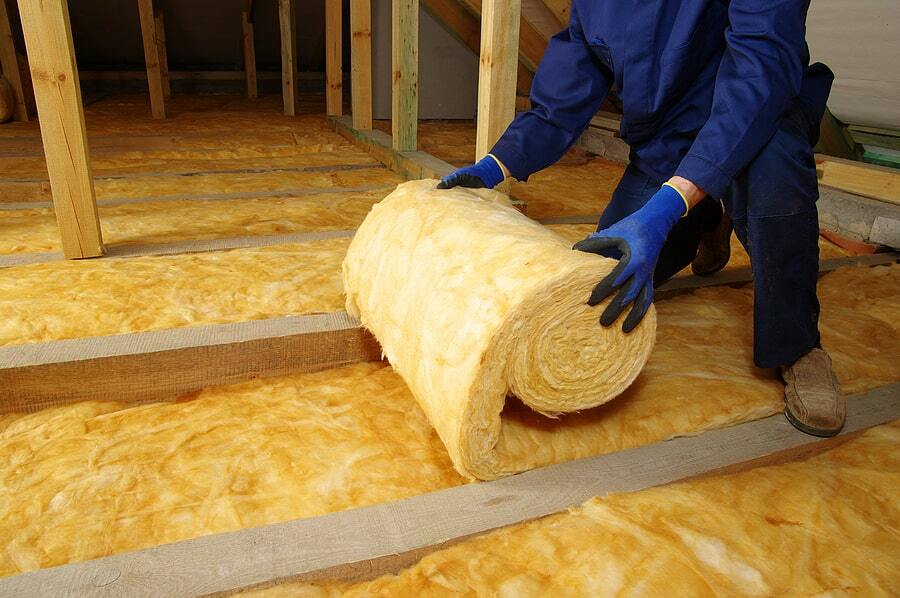A roof is an integral part of any home as it keeps your interiors protected from the elements 24/7.
As an important design element to every structure, it might be useful to familiarize yourself with the roof's many components. For one, it can help you better assess your contractor's estimates in a future roofing project.

So what are the most important parts of a roof? Here are 20 significant parts of your roof in no specific order:
-
Roof Decking
This roof layer closes and reinforces your roof structure and provides a nailbed for the shingles or tiles. Decking is a crucial part of any roof because it ties every structural part together. It's also the place where you install waterproofing material.
-
Rafters

Rafters are support beams that run from one end of a roof to the other. They are usually wooden, but some buildings like high rises and factories use metal for extra durability. When builders need to increase potential roof spans without increasing the rafter sizes, attracting extra costs, or compromising wall stability, they also install purlins. They provide additional strength and bypass the need for thicker, heftier rafters.
-
Insulation

Roofing insulation can save you thousands on energy bills. It keeps excess heat and cold out of your home, so your temperature control systems don't need to work as hard to keep your interior rooms comfortable. Most roof insulation uses thick, spongy, and cotton-like materials. There are also energy-efficient roof colors that can help further reduce your electric bill.
-
Fascia
Fasciae are the boards that run along the edges of the roof. Builders will attach it to the rafters, and it can serve as extra support for the gutters. Depending on their budget, homeowners might prefer simpler, cheaper fascia made from treated wood. However, pricier pieces are usually more aesthetically pleasing and can raise a house's property value.
-
Eaves
Eaves are the lowest point of the roof where water drips off to the ground. As such, eaves are the ideal place to install gutters. It's also the last portion of the roof with shingles, making it a weak area prone to peeling and deterioration. Any professional contractor will use high-quality materials to build eaves.
-
Truss
You can think of the truss as the framework of the roof. It has many components, including rafters, joists, and purlins. It supports the roof's sheathing, decking, underlayment, insulation, and other parts added on top of a roof.
-
Soffits

Soffits are the finishing material (like wood or fiber cement) that covers the roof overhang's underside to conceal the ceiling joists and rafters. Aside from aesthetic appeal, soffits help insulate your home and keep out the elements.
-
Battens
Battens or roofing laths are wooden or metal strips that hold the shingles and tiles in place. Builders need to account for the type of roof when spacing the battens correctly. Otherwise, the tiles and shingles will be more prone to damage.
-
Ceiling Joists
Ceiling joists are beams, often made from wood, that run along the roof's interior. They connect the diagonal rafters that define the shape of a roof and provide extra support for the soffits, eaves, and balconies.
-
Valley

are a relatively common roof component that connects the ends of two pitched roofs to form a right angle. This portion of the roof is prone to accumulating rainwater and debris, so it's necessary to equip it with gutters.
-
Ridge
Ridges or keystones connect the highest point of intersected roof sides. You can find them used in various roof types like gable, gambrel, mansard, and pitched. Most roofs that have ridges form an upside-down "V" shape.
-
Ridge Tile
Ridges connect two continuous roof sections, but they leave an opening for outdoor elements like rain, snow, or even pests. As a solution, builders use tiles to cover the ridge gaps and keep the interior safe. Depending on a house's design, ridge tiles can sport a similar look to the rest of the roof's shingles, but some homeowners might use them as an accent piece by using a different hue, texture, or material.
-
Underlayment

You can find the underlayment between the roof's shingles and substructure. It helps insulate the interior against the weather and keep water out. As such, most underlayments use waterproof materials like rubber strips or synthetic sheets.
-
Felt Underlayment
As an added precaution, builders will add an extra layer to the underlayment made of felt for extra insulation. This might be a necessary feature if you live in a colder climate. Felt underlayments are commonly underneath the main one because it's not water-resistant.
-
Gutter
Gutters are the basins that run around the edge of the roof (often connected to the eaves) to collect rain and melted snow. Most are made of plastic or water-resistant metal. These basins need regular maintenance because it's easy for debris to accumulate and clog up the system. When this happens, the water can overflow, seep into the roof, and cause damage.
-
Downspout
Downspouts are the pipes connected to the gutter that run vertically from the roof to the ground to protect the sides of your home from water damage. Just like gutters, they are meant to channel water to a designated outflow point, so most downspouts are made of galvanized steel, plastic, or other water-resistant materials. These pipes are a commonplace feature for most roofs as the gutters won't function properly without them.
-
Splash Block
Right below the downspout is a splash block that channels the water away from a house's foundation. They are typically manufactured from plastic or concrete and have a rectangular shape with a close-ended side.
-
Skylight

Skylights are essentially windows built directly on the roof. Many consider these a luxury feature because the process of installing one is complicated and costly. Builders need to remove the roof components below the skylight and place quality waterproofing to prevent leaks. With that said, they're an excellent addition to any roof as they provide natural light and aesthetic appeal.
-
Chimney Flashing
Chimney flashings are metallic sheets situated between the roof and the chimney to insulate the heat. Without one, your roof might accumulate excess heat and eventually catch on fire. If you're planning on having a chimney for your home, always choose a reliable contractor who can do the job correctly.
-
Roof Tiles

Last but not least, roof tiles or shingles are your roof's first defense against the elements, so they need to be durable and weather-resistant. It also helps to choose lightweight roofing tiles. Lighter tiles are easier to install, replace, and maintain, making them the most cost-effective option in the long run.
High-Quality Tiles Make a Huge Difference
If you want the best shingles for your roof, the selection at Brava Roof Tile’s is the answer. We only use eco-friendly materials made from recycled plastics and other synthetic components. You can choose from our versatile options that can easily blend into any home and improve its aesthetic value, but they have practical benefits as well. Despite being very lightweight, Brava’s tiles are incredibly durable! In fact, we have available offerings that feature Class 4 Impact Ratings and Class A or C Fire Ratings. With our tiles, you don't need to worry about the maintenance and repair costs from chipping paint, rusting, cracks, or dents. Get your free roof samples by giving us a call at (844) 290-4196!



